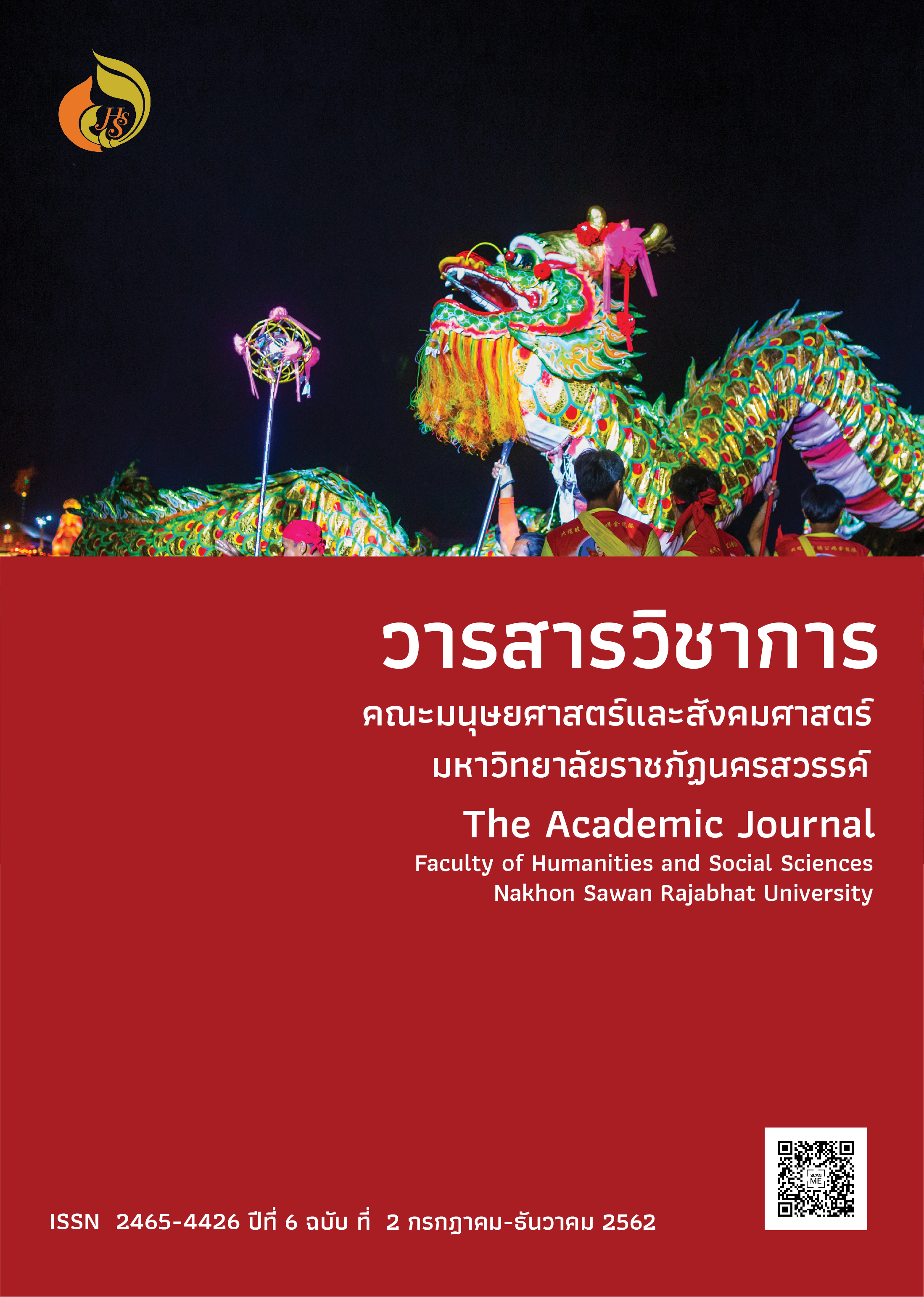A Corpus-Based Study: High Frequency Use of Temporal Connectors in Written Text between Native Speakers and Thai Learners
Main Article Content
Abstract
The present study purposes to finding out the differences between Thai learners and the native speakers regarding the frequency use of temporal connectors in written texts. This paper is intended to investigate how often Thai learners and native speakers use the temporal connectors and the top frequency temporal connectors in their written text by corpus-based study. To collect data, the first year Thai learners’ written text from Thai Learners Corpus and native speakers’ written text
from British National Corpus in 1986 were used in this research. From the results, native speakers used 3,829 temporal connectors, and Thai learners used 382 temporal connectors. Then, next, and finally were mostly used by Thai learners; conversely, then, next, and later were used mostly by native speakers. Compared to the native speakers, Thai learners seem to have a problem involving using less temporal connectors in the written text. Research findings can clarify the problems for Thai learners in their instruction and acquisition of use about temporal connector. Teacher should put more emphasis on temporal connectors in English instruction to help learners know a more variety of temporal connectors in a correct and appropriate manner.
Keywords: Frequency, temporal connector, written text, Thai learners, Native speakers
Article Details
References
Biber, D. (1993). Representativeness in Corpus Design. Literary And Linguistic Computing, 8(4), 243-257.
Biber, D., Conrad, S., & Reppen, R. (1994). Corpus-based Approaches to Issues in Applied Linguistics. Applied Linguistics, 15(2), 169-189.
Greaves, C. (2019). CORPUS CONC ENG. Retrieved from http://www.lextutor.ca/conc/eng/
Halliday, M., & Hasan, R. (1976). Cohesion in English. London: Longman.
Hung, H., Tsai, J., & Chen, P. (2010). Temporal Conjunctions in Medical Case Presentations: Examples from Case Presentations by Native and Taiwanese Physicians. The International Journal of Interdisciplinary Social Sciences: Annual Review, 5(2), 255-264.
Prommas, P., & Sinwongsuwat, K. (2011). A comparative study of discourse connectors used in argumentative compositions produced by Thai EFL learners and English-native speakers. Unpublished master’s thesis, Graduate School, Prince of Songkla University,Thailand.
Shea, M. (2009). A Corpus-Based Study of Adverbial Connectors in Learner Text. MSU Working Papers in SLS, 1(1), 1-13.
Tsareva, A. (2010). Grammatical cohesion in argumentative essays by Norwegian and Russian learners. Unpublished master's thesis, Department of Literature, Area studies and European Languages, University of Oslo, Norway.


